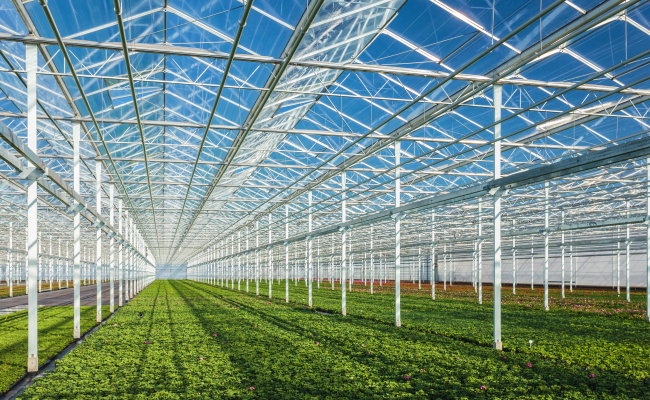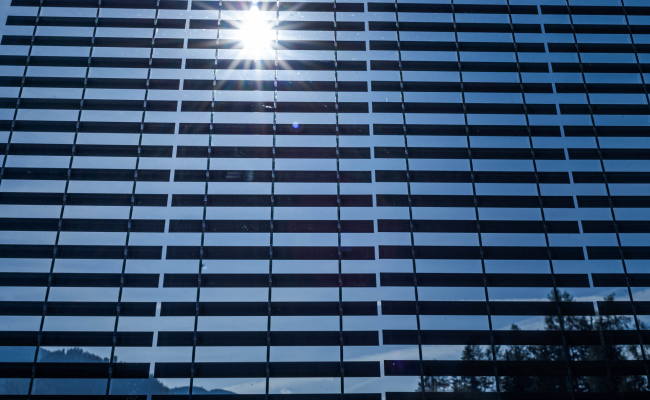A complete guide to self-cleaning glass
Glass is the one of the go-to materials used to create modern commercial and residential developments. Its ubiquity is a result of the range of new technologies that mean it can be used for much more than just windows and conservatories.
Innovations in coatings mean glass can be given a range of beneficial properties like thermal insulation, as well as solar and noise control. One of the most popular – but perhaps misunderstood – properties coatings can add to glass is self-cleaning.
Ever since self-cleaning glass became commercially available it’s become prevalent in building designs, especially because the technology can help architects ensure that their buildings look immaculate without lumbering landlords with a high level of upkeep.
Considering the long history of float glass, self-cleaning glass is still a relatively new product. For those unaware, self-cleaning glass is exactly what it sounds like. Marks and dirt that would normally build up and make glass look unclean are removed by rainwater and daylight in day-to-day weather conditions.
While it can be a great feature to include in building designs, there are some things worth considering to get the most out of self-cleaning technology. The first thing to note is that not all products on the market are the same. Those considered ‘superior’ are dual action, i.e. where the cleaning process works in two stages.
Stage one uses a ‘dirt eating’ photocatalytic reaction. This breaks down organic deposits such as mud and dirt into smaller particles that can be more easily removed.
The second stage involves the hydrophilic or ‘water-loving’ coating. When rainwater hits the glass it spreads evenly over the surface to form a thin film instead of forming into droplets. This washes dirt away and reduces the formation of drying spots and streaks.

When it comes to the application itself, there are a number of factors to bear in mind. The most important is the minimum recommended angle for a roof containing self-cleaning glass. Anything less than 10º from horizontal and the rainwater may not run off and wash dirt away effectively.
Secondly, it’s important to consider the local environment. In some parts of the world the glass won’t need to be manually cleaned often – the frequency depends on the amount of rain its exposed to and how dirty it is. In long dry spells, for example, it might need to be rinsed with a hose or with a soft cloth and soapy water.
Wind-blown spray in coastal areas can cause salt crystals to adhere to the surface of self-cleaning glass. As salt is an inorganic contaminant, it can’t be broken down by the photocatalytic action of the glass itself. The technology will, however, make the glass cleaner than ordinary glazing after a light hosing or rainfall.
After self-cleaning glass has been installed in a building, care must be taken during any further construction work to avoid staining or damaging to the coating. On sites with multiple phases or when a number of schemes are being delivered in tandem, architects should remind developers and contractors that plaster products or adhesives can affect the glass coating. A simple rinse with water is enough to remove dust and abrasives that might have accumulated, but it should be done as soon as projects have completed.
Crucially, architects should always design with self-cleaning glass that has been tested to the necessary standards. A new European Standard, EN 1096-5, has been introduced that evaluates the self-cleaning performance of coated glass. This standard highlights glass that uses hydrophilic or photocatalytic functions to self-clean. Pilkington Activ™, the world’s first self-cleaning glass, has been independently verified and officially meets the new EN 1096-5 European Standard for self-cleaning glass.
Self-cleaning coatings are one of many technologies that have helped boost the number of potential applications of glass in building design. By understanding the science behind it as well as the optimum applications, properties can be made to look spotless for longer.
To visit Pilkington Activ™ Range section CLICK HERE.






























